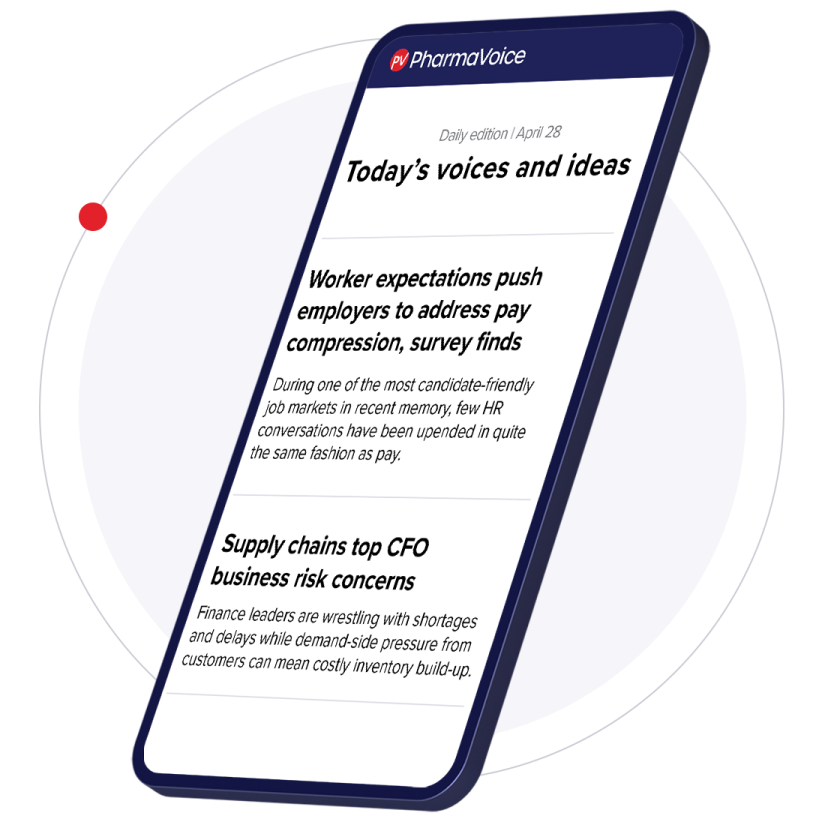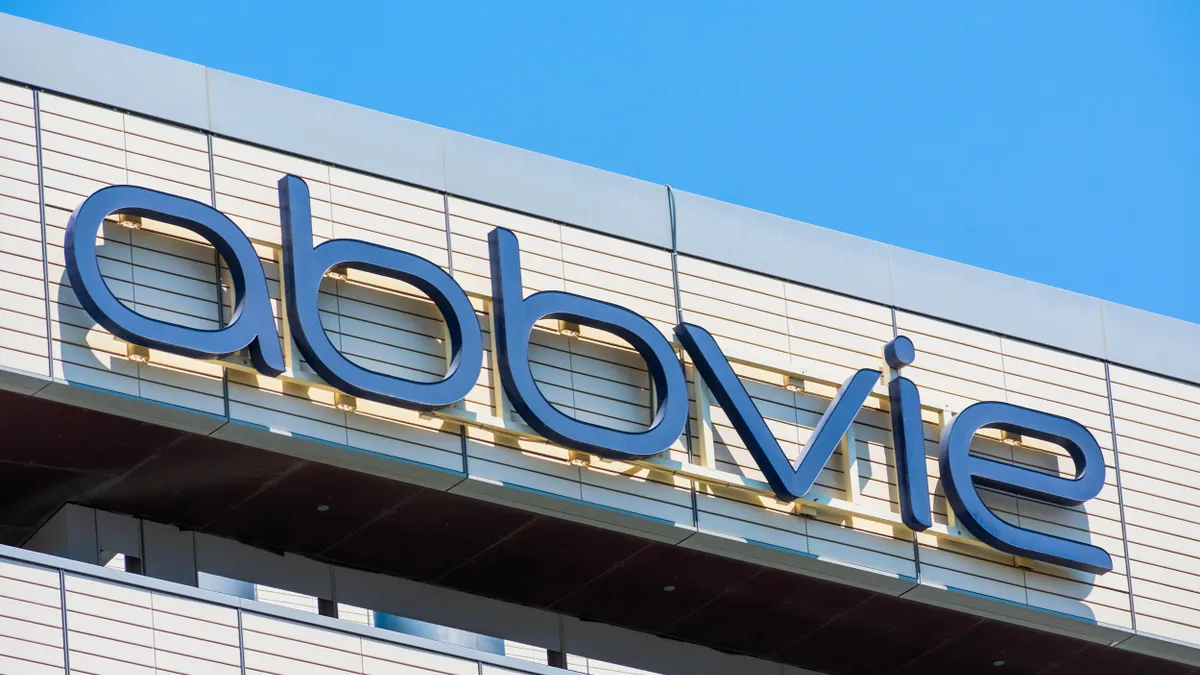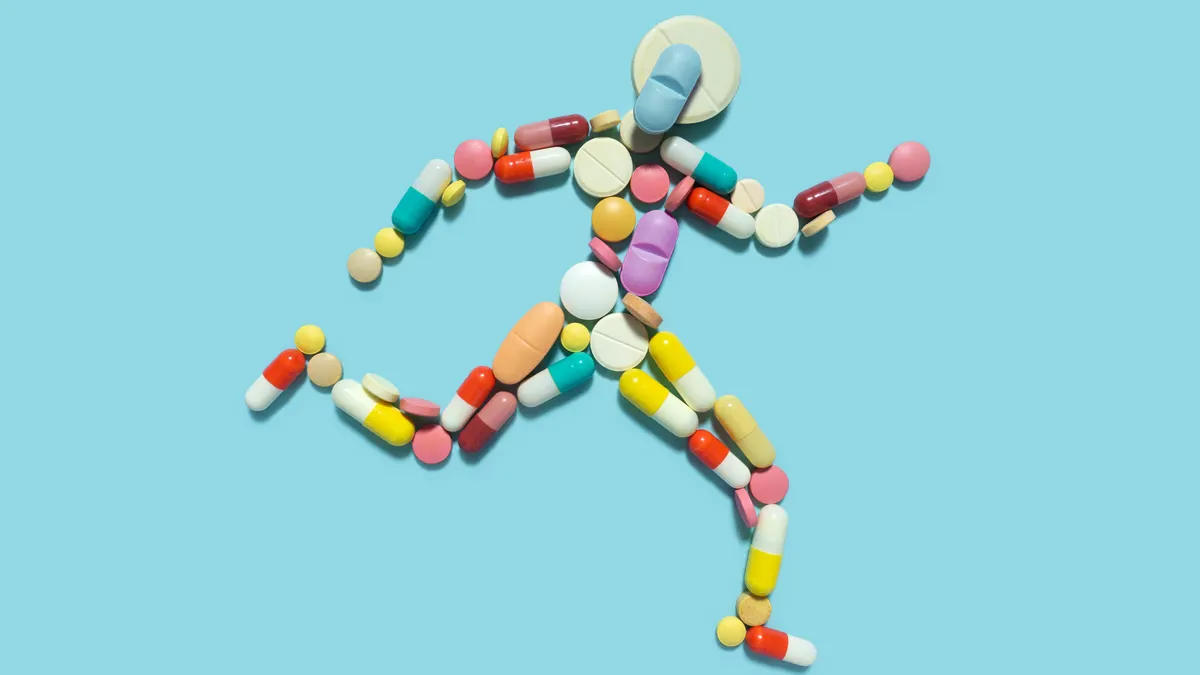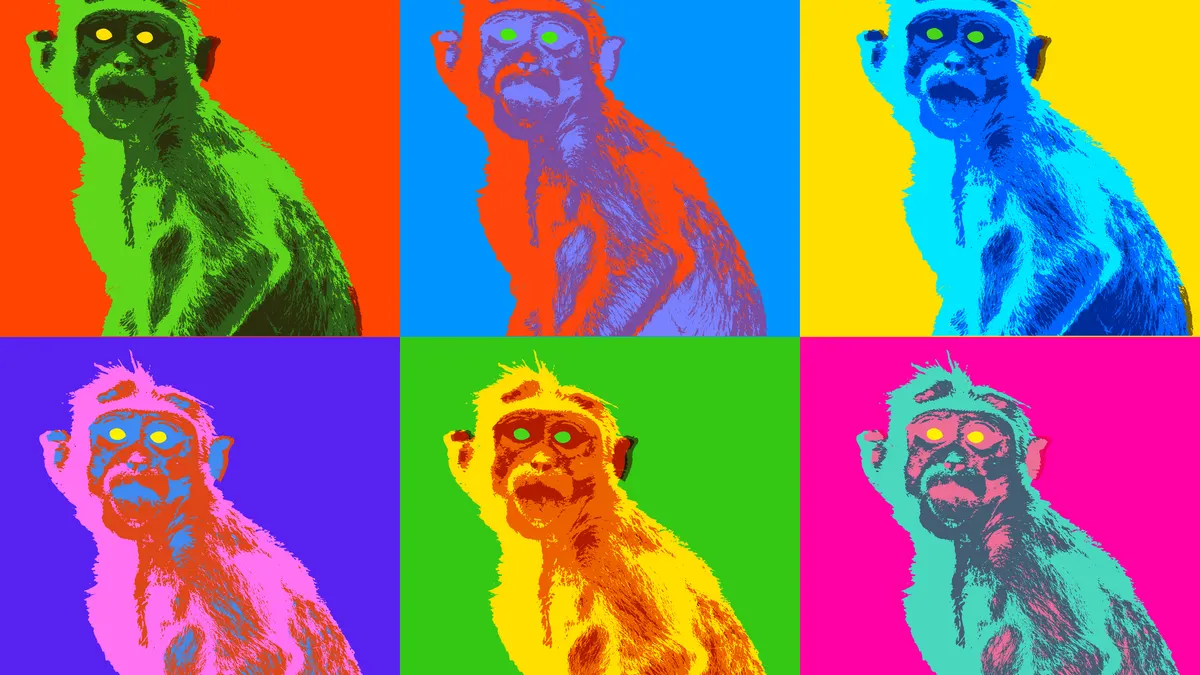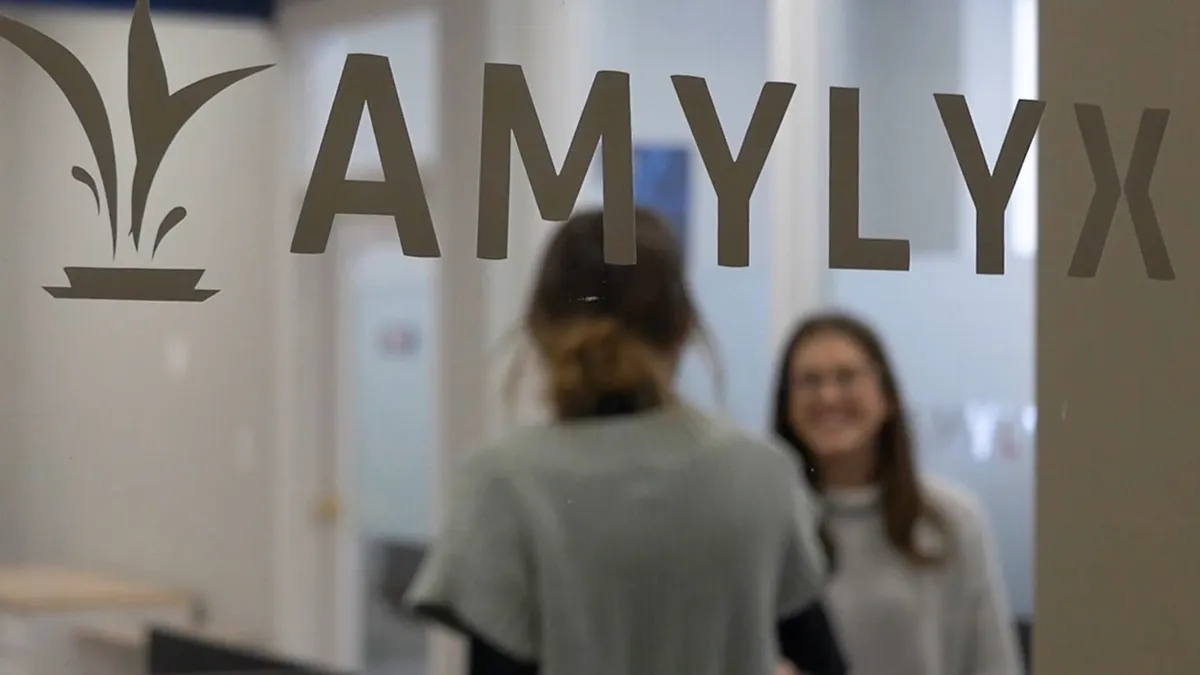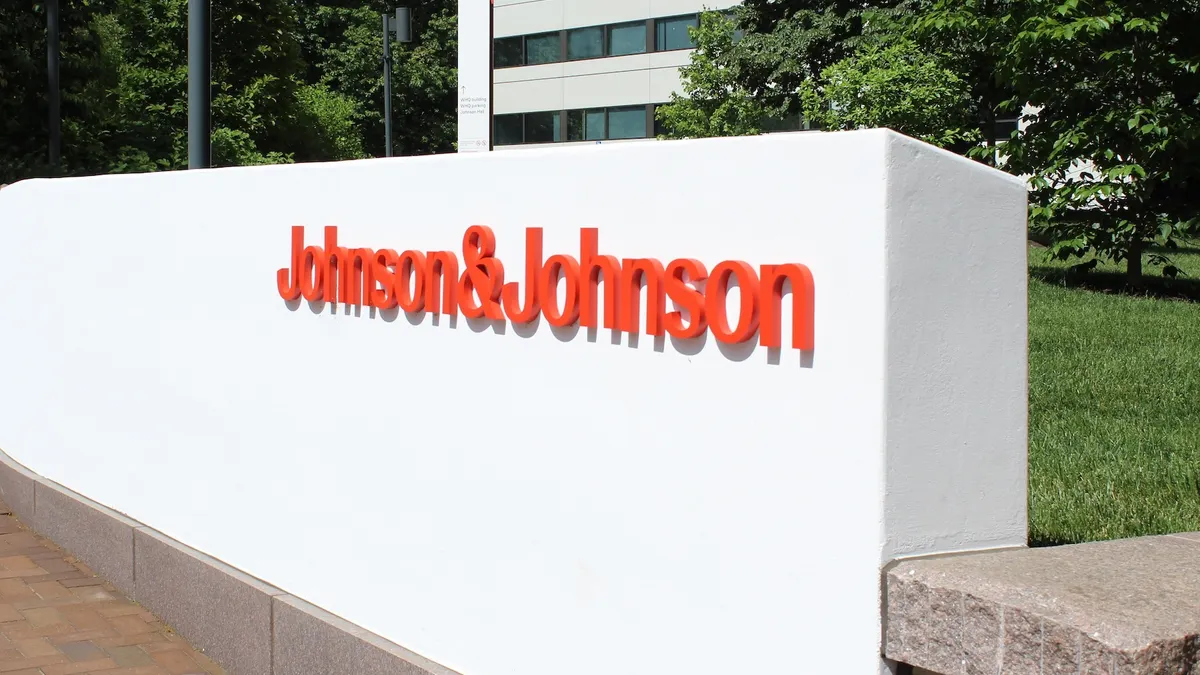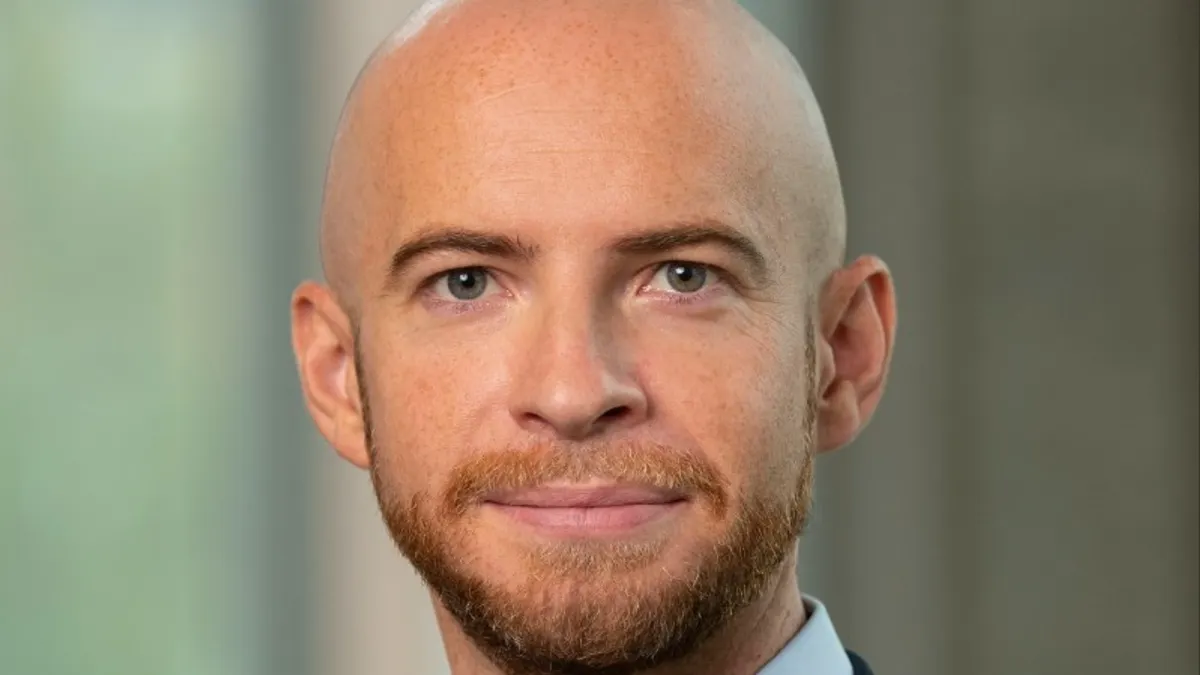The era of AI in drug discovery and development is just beginning. And with it, industry insiders foresee a massive shift not only in speed and scale, but also in what it takes to become a successful drugmaker.
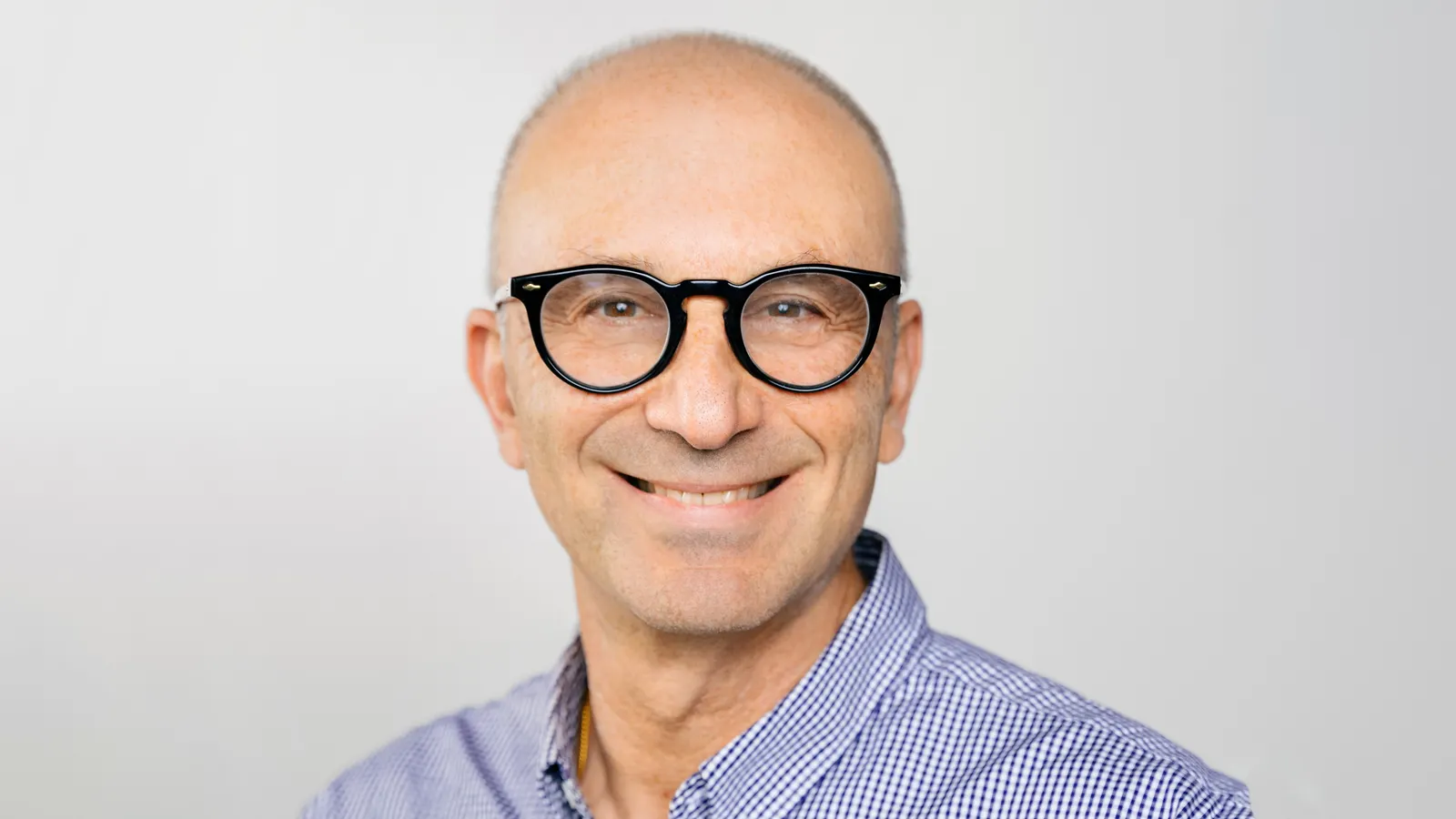
With advances in machine learning overlapping with new biological discoveries, the early work of AI integration will likely yield concrete benefits for patients within even the next five years, according to Dr. Mikael Dolsten, former chief scientific officer at Pfizer.
“The next couple of years are going to be the time when precision medicine can live up to its promise because of these powerful mathematical algorithms and the size of the datasets,” Dolsten said. “We would hope between now and 2030 to see a dramatic shift in how we treat and define disease.”
Now an adviser to the AI-based drug discovery and development company Immunai, Dolsten envisions a lab of the future “where science is integrated with medical practice almost in real time.”
Between industry firsts like Insilico Medicine’s AI-designed pulmonary fibrosis candidate rentosertib and Google DeepMind’s Nobel Prize-winning AlphaFold platform for three-dimensional protein mapping, the industry already can point to a few AI success stories.
Where does it go from here? Much of AI’s trajectory in the life sciences still remains theoretical. But experts in pharma and tech are optimistic that they will soon be solving some of the industry’s toughest challenges.
Data, data, data
Like Pac-Man chomping his way through a maze, AI thrives on power pellets of data. And over the course of just a few years, AI models have had their fill.
AbbVie’s R&D search engine “ARCH,” for example, holds some 450 terabytes of data.
But experts say big data is just the first step. Going forward, researchers hope to mitigate the types of hallucinations and errors that could steer development programs in a false direction.
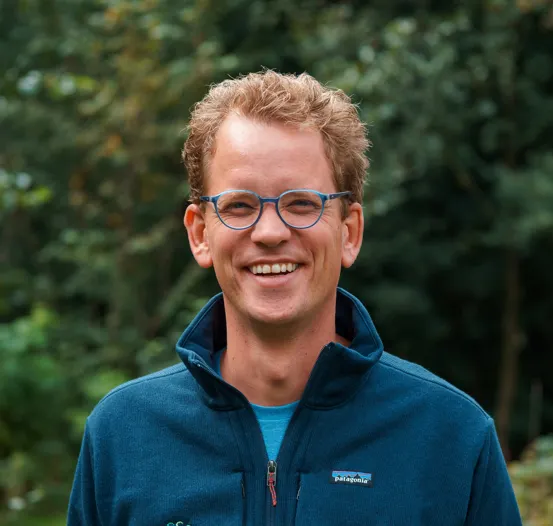
That’s why the next phase of AI will require a higher level of introspection, said Stef van Grieken, CEO of the AI drug discovery software company Cradle. In other words, platforms will have to discern to a greater degree which outputs make sense and which ones don’t.
“We need to be very careful that we don’t send scientists down the wrong path,” van Grieken said. “Instead of hallucinating incorrect answers from a lack of information, AI models that are better at introspection would be able to say, ‘I don’t know,’ or ask for further clarification.”
With Cradle’s platform, a researcher starts with a target or a binder — or a wider library of binders — and builds a “plate” of potential outputs. What once took many tries to discover whether a drug compound would succeed or fail can be compressed into one process by cross-referencing many of the contradicting requirements for a viable candidate, van Grieken said.
Understanding AI’s limitations is just as important as amplifying its successes, he added.
“There are no protein models today that know about disease, in the same way [that] you don’t expect a self-driving car to start teaching college math,” van Grieken said. “They’re not designed to do that, and they’re not magic boxes that suddenly understand every disease profile and come up with a molecule that works. That’s just fantasy.”
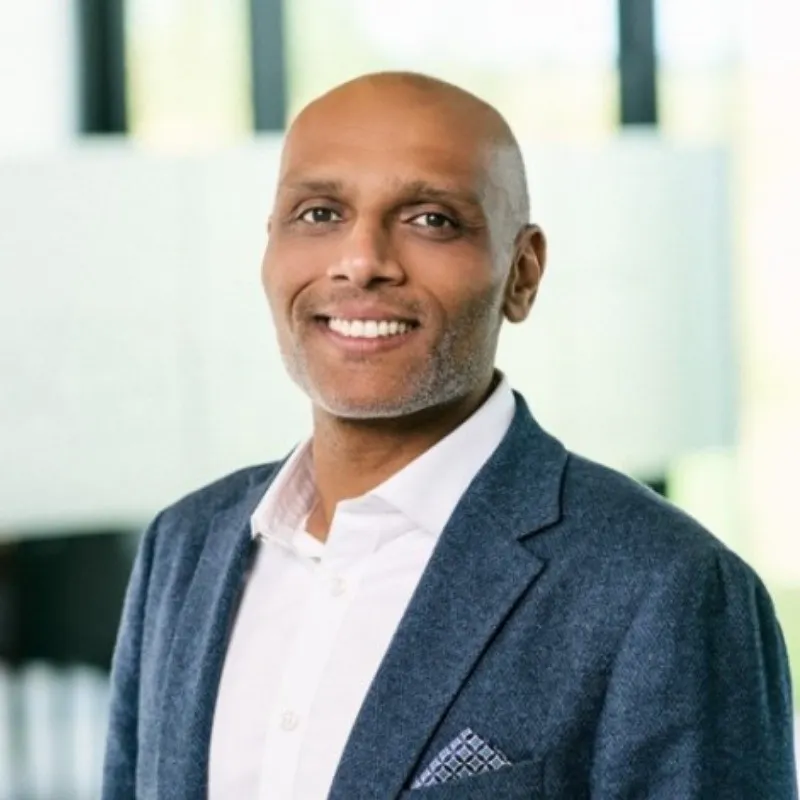
Danish pharma giant Novo Nordisk has worked with Cradle to search for new cardiometabolic drug candidates that could improve upon GLP-1 blockbusters like Ozempic and Wegovy. The speed and relative low cost of sifting through AI libraries is a clear competitive advantage, said Mishal Patel, senior vice president of AI and digital innovation at Novo.
“It’s one thing having a good model, but it’s another thing getting it to work in a real-life drug discovery environment and operate on a super-fast timescale,” Patel said. “Like weaving your way through the woods on a bicycle, you need to be agile and quite fast at making decisions.”
Patel likened finding novel targets to searching for new stars in the galaxy.
“An AI model is like a super powerful telescope that shines a focus on an area of biology that we maybe don’t understand, and it gives us an opportunity to deconvolute that to get enough data and confidence to explore it further,” Patel said.
Failing quickly
Failure is just as important for machine learning as any success, which is why much of the headway being made in drug discovery and development tends to happen behind the scenes.
For Immunai CEO Noam Solomon, whose company is mapping the immune system using its AI platform Amica, partnerships with pharma partners like Pfizer as well as with dozens of smaller drugmakers, are critical.
“There are already success stories, but other times we‘re recommending a clinical program be terminated, for instance,” Solomon said. “Those are less sexy, and no one wants to acknowledge them, but they can be some of the most important things we do.”
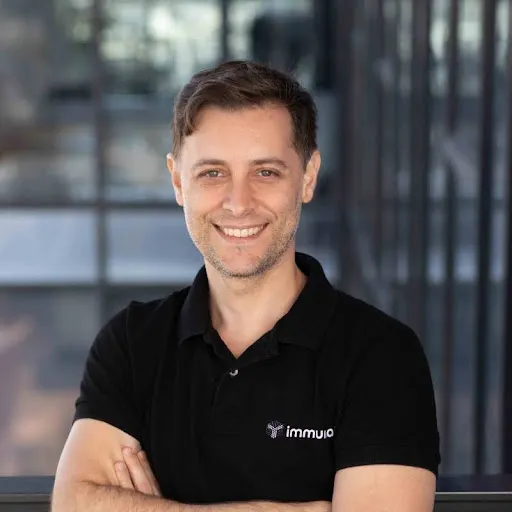
Amica is built around single-cell multiomic sequencing of human immune systems. Solomon said the platform includes 50 million cells currently, a total he estimates will reach 1 billion cells in two years and 10 billion cells in five years. By then, this would represent samples from 1 million patients altogether in the database, he said.
The company is embarking on a new academic collaboration effort to provide immunology researchers with free access to the sequencing technology on an application basis — a program that will hopefully fill a gap left by cuts to the NIH — and serve to bulk up Amica’s datasets.
As former CSO of Pfizer, Dolsten is no stranger to this type of public-private partnership, but mostly from a Big Pharma perspective, he said.
“We’re looking for innovations to come out of this, not just through single-cell sequencing, but in the broader context of big scientific questions to pinpoint the convergence of technology, AI and clinical science and make a more significant leap forward in knowledge,” Dolsten said.
The lab of the future
Through the hype and fear of an AI-saturated future, the technology’s impact on the industry in the long run isn’t yet clear. But pharma leaders are already seeing how it’s changing their approach, from early research to clinical development.
“There was a period when you could put people into boxes and say, this is a computational person or this is a traditional biologist or chemist,” Novo’s Patel said. “But that has changed in the last five years, and the gap is shrinking day by day.”
To that end, AI developers are working closely with scientists to understand how the convergence can happen as seamlessly as possible.
“We spend a lot of time making sure scientists understand why models make certain decisions while bringing their knowledge of the disease target into the process,” van Grieken said. “There’s a whole set of tacit knowledge these experts have, but they need to see it work more than one or two times — we need to provide value not just in one cool demo, but at scale.”
For veteran leaders like Dolsten, getting the two pieces to fit together is critical.
“Early in my career, 5% of the staff needed to be dry lab while 95% were wet lab, and that was forward looking at the time,” Dolsten said. “Now, we’re moving toward a complete change in the ability to model outcomes, and that lowers the amount of resources we need in the wet lab. But we will always need human intelligence in the final product.”



